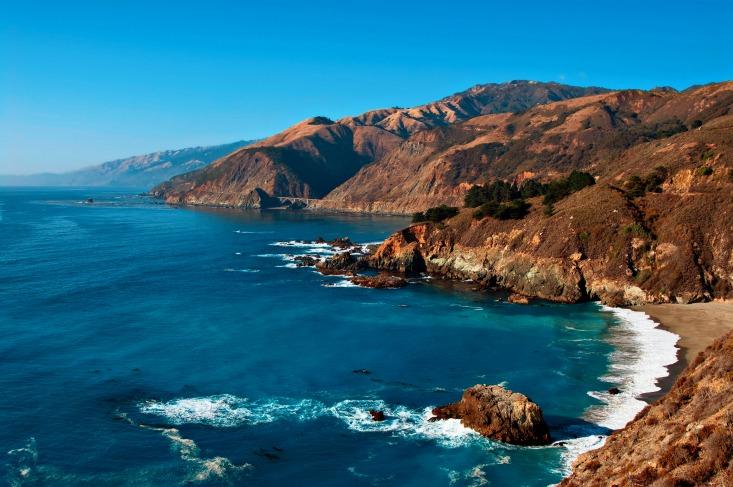
California Guide to Growing Trees
California is a beautiful place to live, and it's also one of the most popular places in America for people to move. Whether you're new to California or just looking for more information about growing trees in your area, this guide will provide tips for planting and raising trees in your yard.


